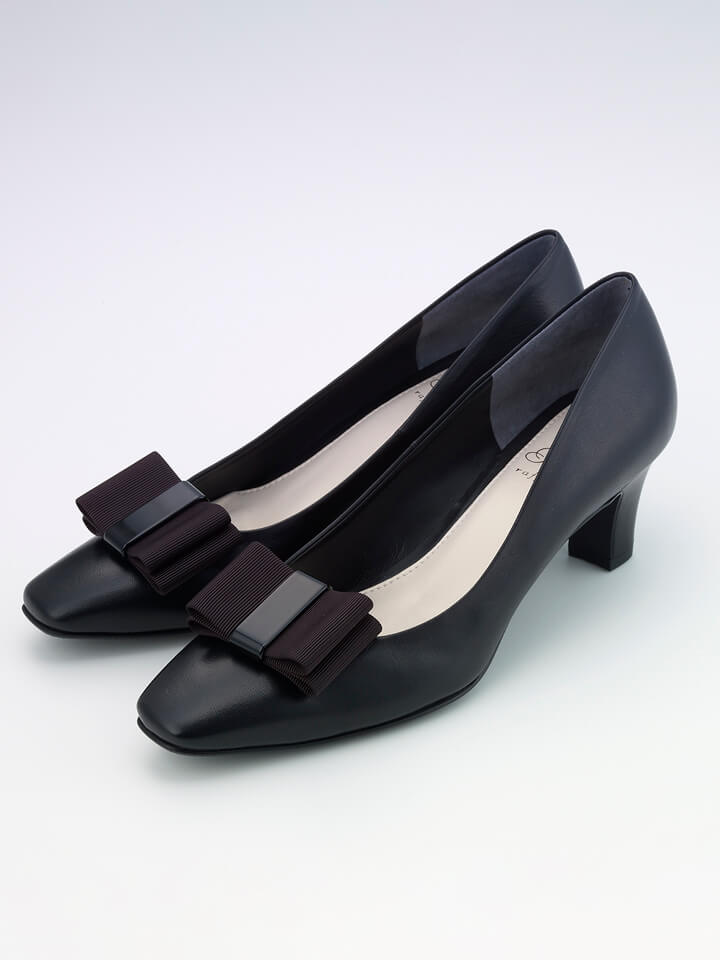
Knowledge: Women's shoes
Women’s shoes:It’s not just about design; How to choose women's shoes

From "Japanese Leather No. 2" published in 2009
Heels are what you have to be more careful about than men's shoes. The higher the heel, the more elegant it looks, but the less functional it is as a tool.
The tilting movement of the foot explained in the men's shoes section has the role of a pump that circulates blood. If the heels are too high, the foot cannot lower the heel properly, which inevitably results in immature movement. Women's problems such as cold feet are largely due to their footwear.
Careful selection of heels, which are essential for women's shoes, is important for stable walking, but the design of the upper, that is, the design, is also a part that should not be taken lightly.
Simply put, if the foot is held by the shoe, it will be stable, and the point is if it has a shape that covers the instep. According to this theory, boots are the most stable. The next is pumps, but the type with a shallow top line, for example, where you can see the base of your toes, is less stable. As you can guess, the average sandals are low in stability.
It is best to get into the habit of wearing different shoes depending on the design, but the points to look out for also differ. Here are some points to keep in mind.